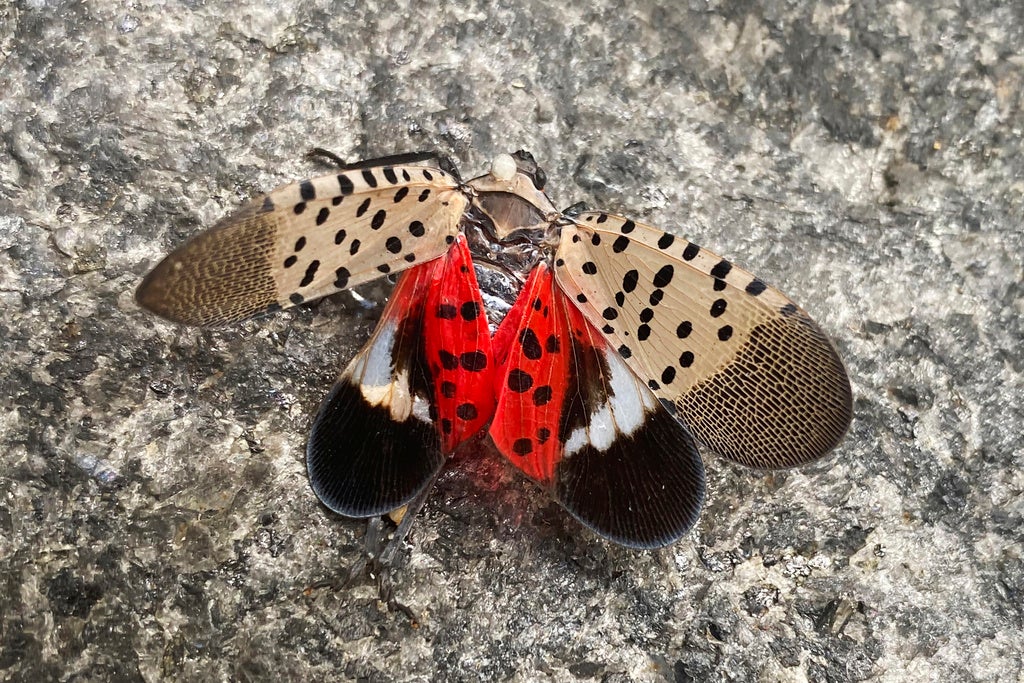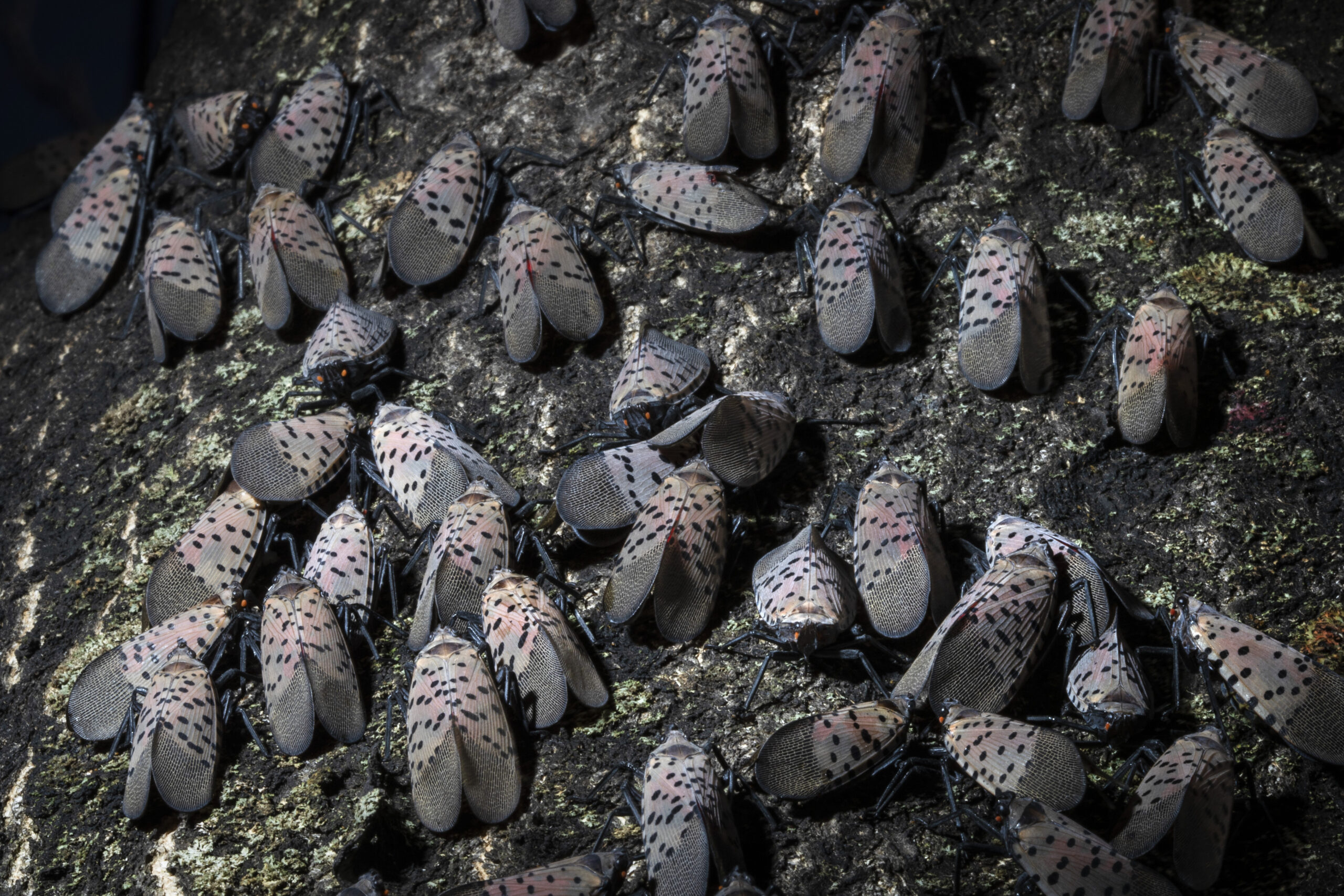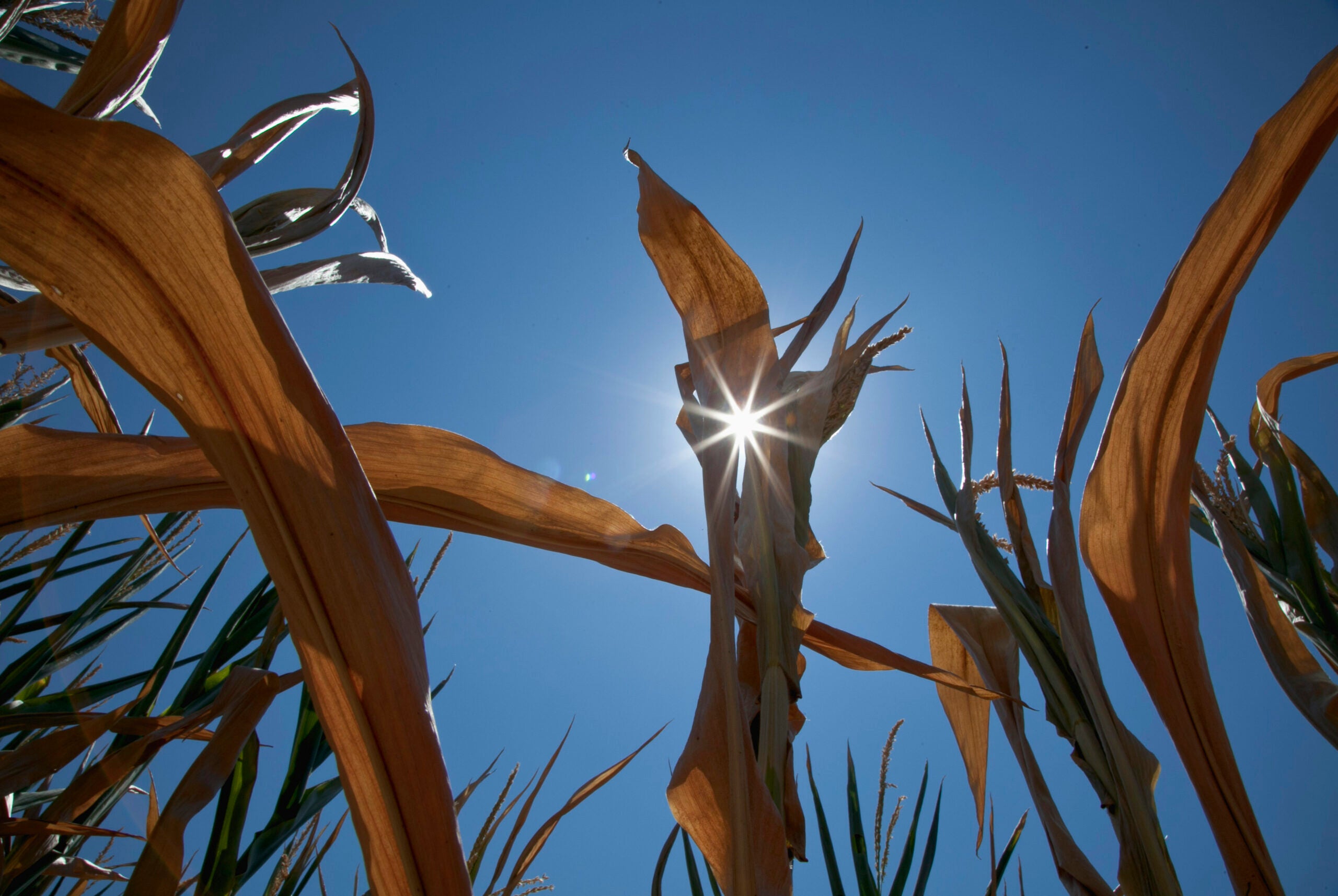Wisconsin could be the next destination of an invasive pest found in 14 states over in the last decade, though Wisconsin wildlife officials are hoping to prevent its spread.
The spotted lanternfly is native to China and was first detected in Pennsylvania in 2014. The insect has light brown wings, black spots and a streak of red on its back.
Brian Kuhn — who oversees the Bureau of Plant Industry at the state Department of Agriculture, Trade and Consumer Protection — told Wisconsin Public Radio’s “The Morning Show” that grapes are the crop most at risk from spotted lanternflies.
News with a little more humanity
WPR’s “Wisconsin Today” newsletter keeps you connected to the state you love without feeling overwhelmed. No paywall. No agenda. No corporate filter.
“But it can also feed on about 70 other plants. When it’s young and small, it can’t really penetrate the woody material of trees and things that it moves to later in its lifecycle,” Kuhn said. “(In) its nymph form, it could feed on many different crop varieties and other ornamental plants in people’s yards and elsewhere.”
Kuhn discussed on “The Morning Show” how Wisconsinites can help stop spread of the pest.
The following was edited for clarity and brevity.
Kate Archer Kent: Spotted lanternflies have been seen in Illinois and Michigan. When do you anticipate this insect will make its way to Wisconsin?
Brian Kuhn: The exact timing is uncertain. But in recent weeks, it’s shown up in the Chicago area and also in Tennessee — a year ago in Michigan. It keeps moving and spreading. In the world of invasive tests and insects, it’s moving very fast into new states, into new parts of the country, so we really do expect that any time now.
We’re conducting surveys, we’re responding to citizen calls now with reports and following up on those. Again, we haven’t found an infestation in our state yet, but it could be any day.
The one thing that’s in our favor is that the temperatures are cooling off and this pest usually ends its first lifecycle with that first hard frost. So that will bring an end to our concerns for this season. But there’s a decent chance that it’s already here, and we just haven’t found it yet.
KAK: How do spotted lanternflies move and spread?
BK: Most of their lifecycle, they move by literally just hopping. As they mature, they develop wings. As an adult they can fly, but they’re not really strong flyers … they wouldn’t move very far just in their normal life cycle.
The way they’re moving so quickly is really by us — by people moving them. This insect is a tough one, because it lays its eggs on just about anything that’s out there in the environment. Rail cars, vehicles, people’s trailers, boats, patio furniture — it can move on just about anything that we put out there in the environment.
READ MORE: Spotted lanternflies detected in 2 of Wisconsin’s neighboring states
KAK: What should Wisconsin farmers do if spotted lanternflies start eating their crops or they notice an infestation? What are the management options for this invasive insect?
BK: For this pest, we haven’t heard of any crops that are significantly impacted. We’re relatively early and grapes are the primary concern. This pest isn’t necessarily a hard one to kill. A lot of the standard crop protectant sprays and activities in normal agriculture and grape production will kill the spotted lanternfly. It just may require additional late season treatments that might be new to those crop cycles.
KAK: A listener from Kewanee wants to know if the spotted lanternfly will have implications for the wild grape population in Wisconsin. Will it affect wild grapes and crop grapes differently? What should people who have wild grapes in their yard do to protect them?
BK: It will go to wild grapes just as it will to cultivated grapes. Wild grapes are definitely one of the areas we check when we’re following up on a contact where somebody thinks they have seen it or potentially found it … The insects are sucking the sap out of the woody part of that grapevine and basically stealing the nutrients from the vine and can ultimately feed at such numbers that they can kill grapevines.
If you’re not spraying and treating, then it’s more trying to manage spotted lanternflies in other ways — by scraping egg masses, they can lay eggs right on grape vines or on adjoining posts and in hard structures. If you’ve got a tree of heaven in the vicinity, eliminate the tree so that you’re not creating a spot where they want to come and congregate, and then they come over and move over to the grapes.
Wisconsin Public Radio, © Copyright 2025, Board of Regents of the University of Wisconsin System and Wisconsin Educational Communications Board.




